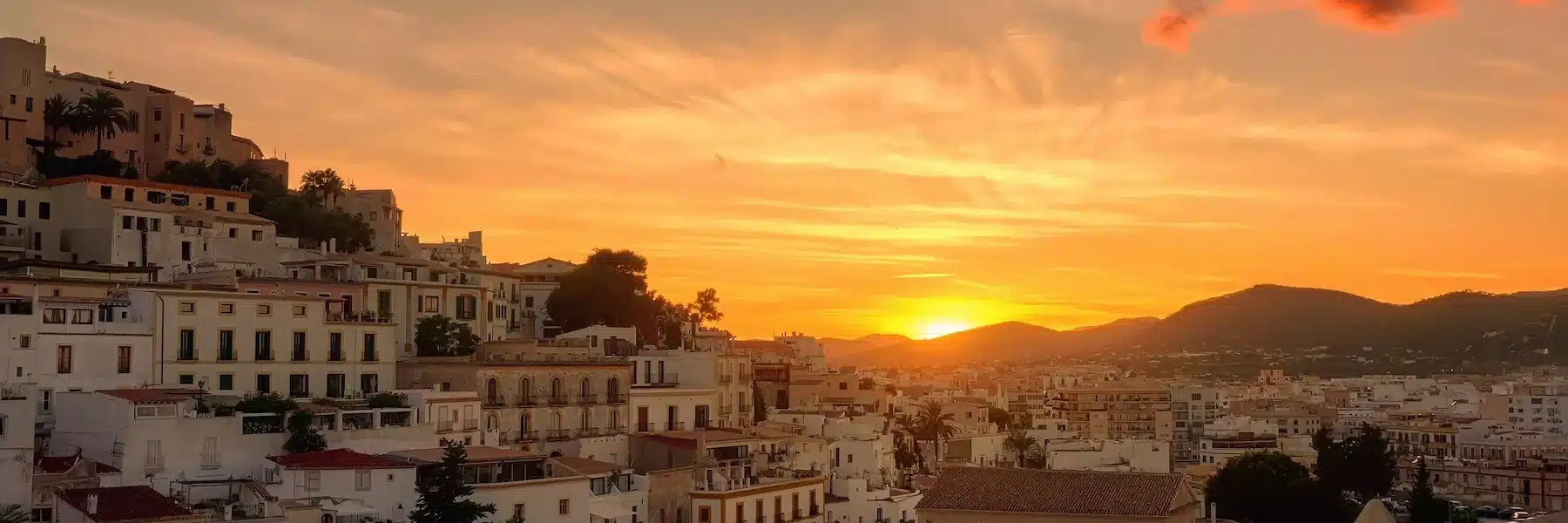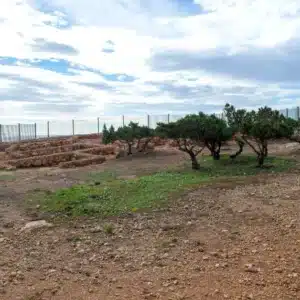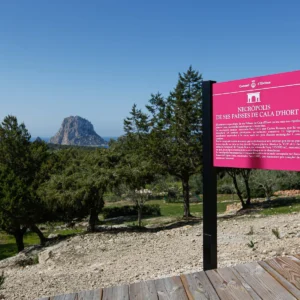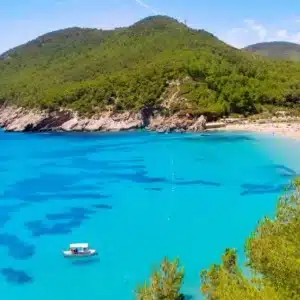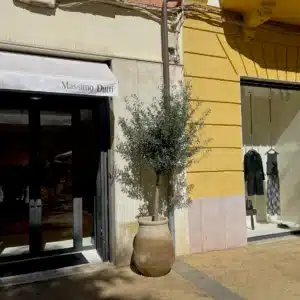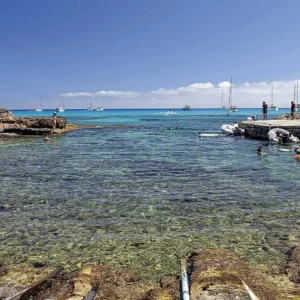Dalt Vila is the historic, fortified heart of Ibiza Town and it should be at the very top of your itinerary. Rising above the marina with honey-coloured walls and cobbled lanes, this UNESCO-listed citadel brings together centuries of history, superb viewpoints and small but excellent museums. If you want to balance iconic sights with easy, walkable experiences and memorable photos, Dalt Vila delivers.
The story behind Dalt Vila’s World Heritage status
The fortifications of Dalt Vila form one of the best preserved examples of Renaissance military architecture in the Mediterranean. The ramparts that embrace the upper town were built between 1554 and 1585 under the direction of Italian engineers Giovanni Battista Calvi and Giacomo (Jacobo) Fratín, commissioned by the Spanish Crown to defend key sea routes between Spain and Italy. Their design later influenced fortifications across the Atlantic world.
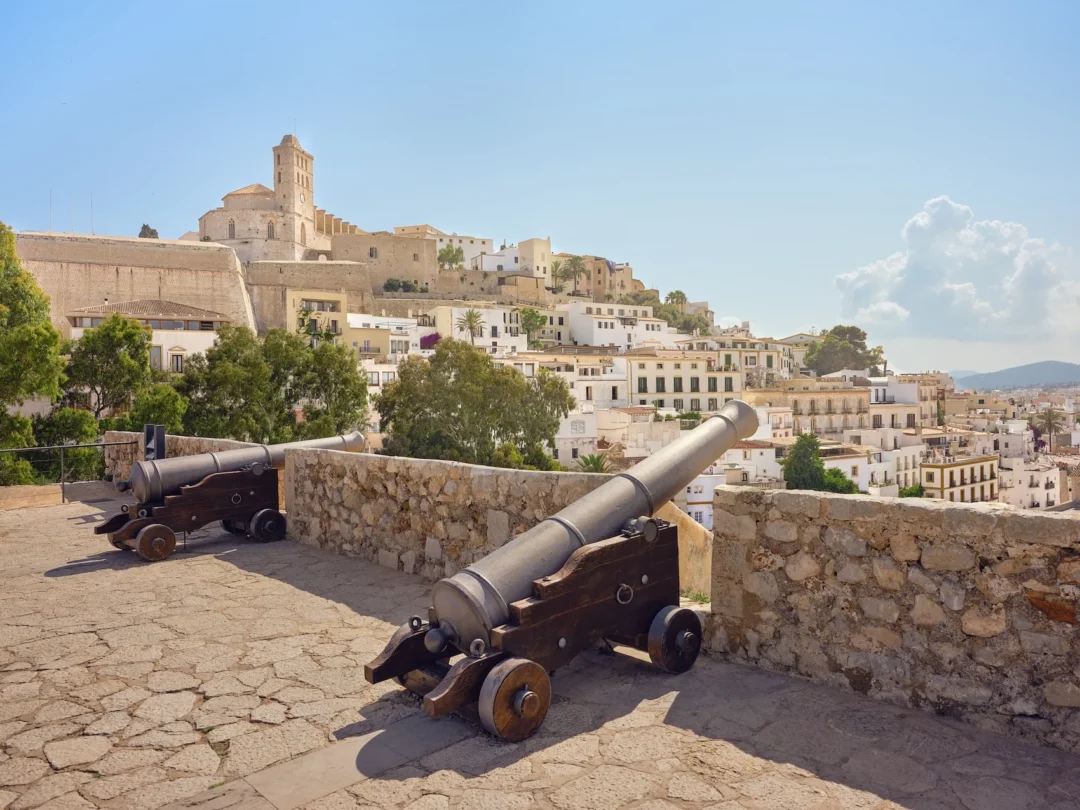
In 1999, UNESCO recognised ‘Ibiza, Biodiversity and Culture’ as a World Heritage Site, with Dalt Vila’s walls a centrepiece alongside the Phoenician-Punic heritage of Puig des Molins, the Phoenician settlement of Sa Caleta, and the seagrass meadows of Posidonia oceanica.
Enter through history
Most visitors start at the dramatic Portal de ses Taules, the drawbridge entrance that leads to Plaça de Vila and up towards the cathedral. From the moment you cross the gate you step into a beautifully layered old town of whitewashed houses, bastions and narrow passageways that open onto terraces with sweeping sea views.
A helpful way to structure your visit is to follow the signed bastion routes that loop along the walls, including stops at Santa Llúcia Bastion, the tunnels of the Soto Fosc, and Es Revellí (The Revelin), a half-bastion designed by Fratín to protect this side of the enceinte.
These routes combine architecture with panoramic viewpoints, so they are perfect for travellers who want great photographs without long hikes.
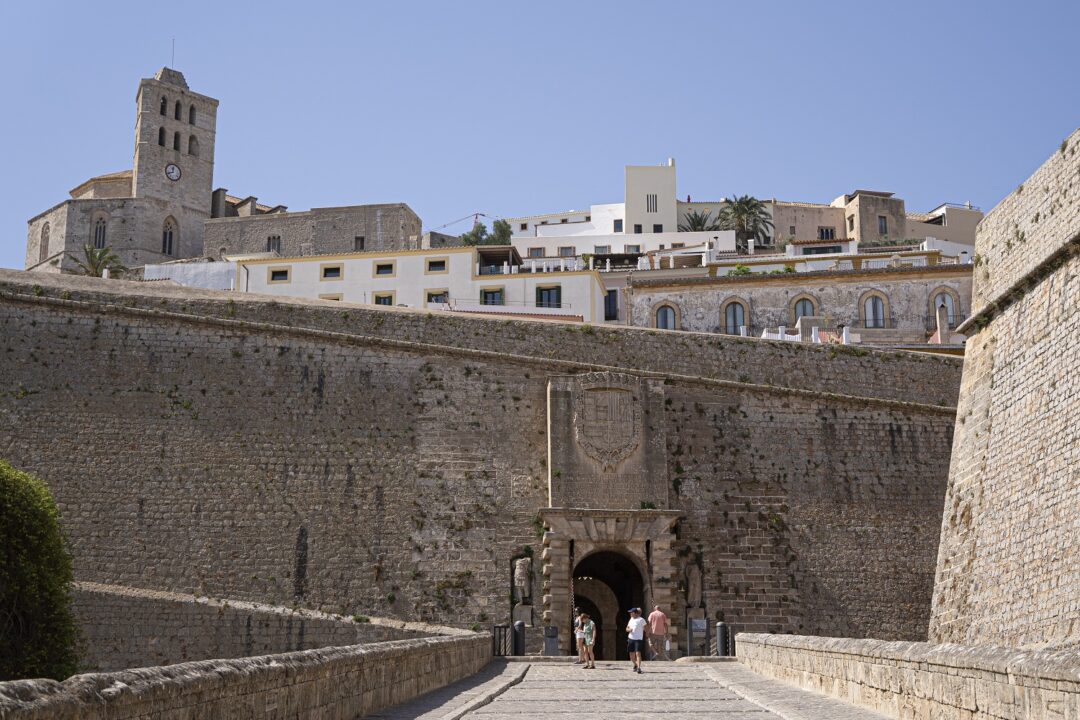
What to see in Dalt Vila
Cathedral of Our Lady of the Snows
At the summit stands the Cathedral, known as the Cathedral of Our Lady of the Snows. The church evolved over centuries and became a cathedral in 1782 when Pope Pius VI established the Diocese of Ibiza. Its sober exterior contrasts with an interior that blends Gothic foundations and later Baroque elements. The forecourt and nearby terraces provide some of the most rewarding views over the harbour and towards Formentera.
Museu d’Art Contemporani d’Eivissa (MACE)
Set inside an emblematic seventeenth-century building on the walls, the Ibiza Museum of Contemporary Art showcases the creative boom that took root on the island from the 1960s, as well as a strong engraving collection. The museum’s compact scale makes it easy to add to any Dalt Vila stroll, and the architecture alone justifies a visit. Check current temporary exhibitions before you go, as the programme changes regularly.
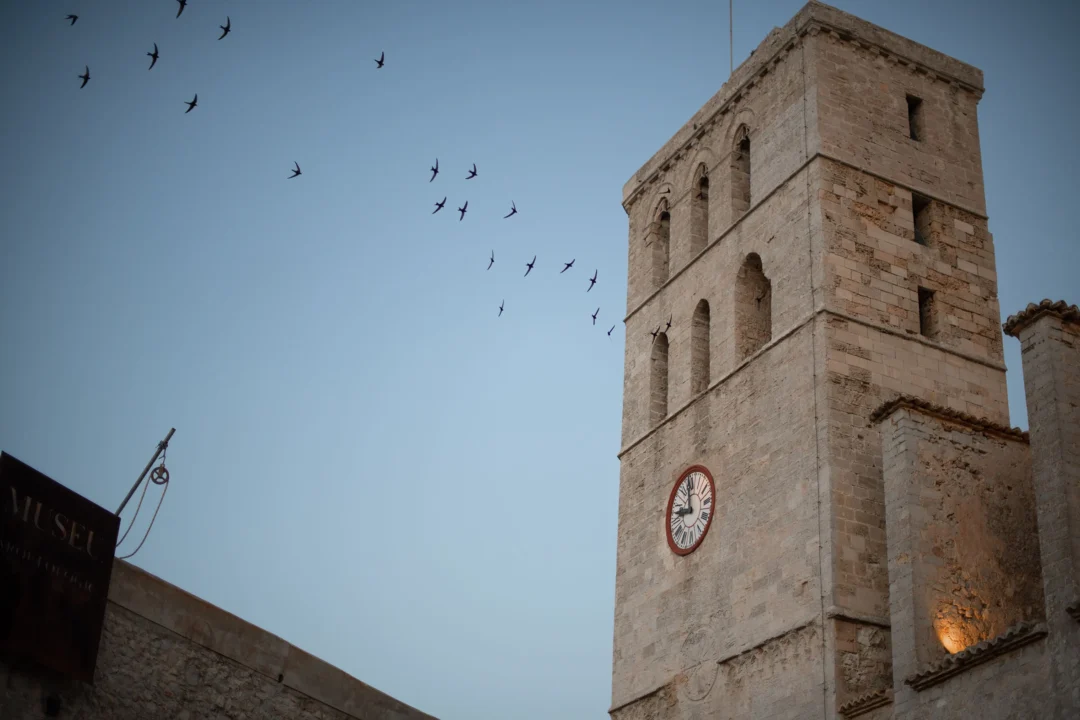
Museu Puget
A few minutes away, the Museu Puget occupies a noble townhouse in the upper town. It is dedicated to the father-and-son artists Narcís Puget Viñas and Narcís Puget Riquer, whose tender, light-filled scenes of everyday Ibiza capture the island before mass tourism. The building itself sits on the historic street of Sant Ciriac, named after the small chapel that commemorates the Christian conquest of Ibiza in 1235.
Santo Domingo church
This seventeenth-century church is the second largest temple on the island after the cathedral. Built alongside a Dominican convent that later became part of the Town Hall complex, it reflects the shift of the Dominicans inside the safety of the walls due to pirate threats in the late sixteenth century. Look for the nave’s frescoes and the side chapels, and take a moment in the peaceful cloister.
Es Polvorí (Santa Llúcia Bastion)
Once a military powder magazine with massive, sloped walls designed to resist artillery, Es Polvorí is now a cultural space hosting exhibitions and events at the Santa Llúcia Bastion. It is a fine example of how Dalt Vila’s defensive structures have been sensitively reused for the arts, and it places you right on the ramparts for commanding views.
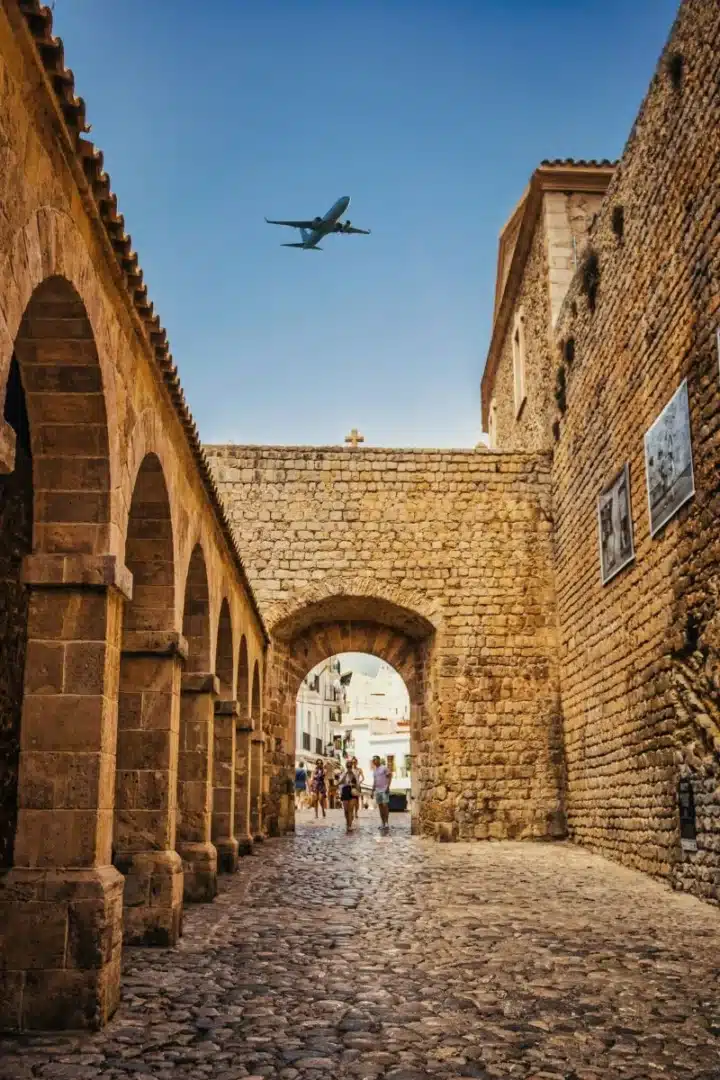
Plaça d’Espanya viewpoint
As you follow the bastion route, the viewpoint near Plaça d’Espanya opens a dramatic window across the harbour to Talamanca, Playa d’en Bossa and Formentera. The tunnels of the Soto Fosc that connect around this area add an atmospheric detour under the walls and make an excellent photo stop.
Es Revellí
Es Revellí (The Revelin) is a distinctive half-bastion conceived by Fratín to control approaches from the Soto and Los Molinos side. Standing here helps you understand how the geometry of the walls created overlapping fields of fire, and why this complex is considered such a textbook of Renaissance defence.
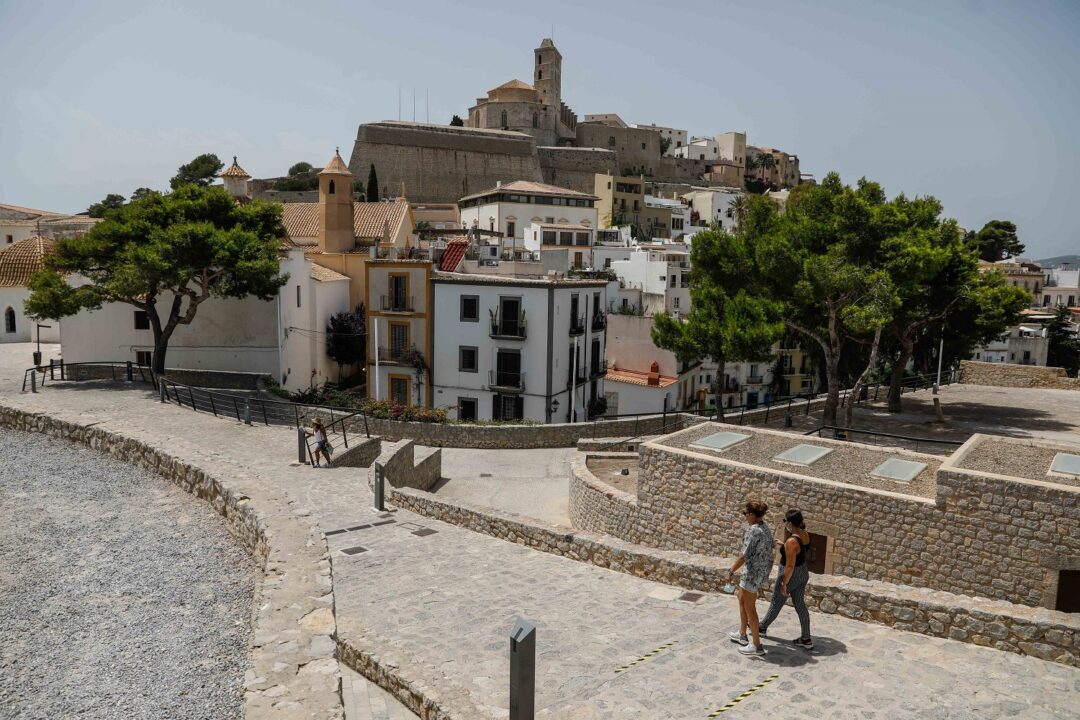
How to plan your visit
- Timing: Dalt Vila rewards early mornings and late afternoons, when the light softens and temperatures are lower. In peak season, the upper town can receive thousands of visitors per day, so starting early helps you explore at a relaxed pace. The city has recently monitored flows to protect the site, a reminder to travel considerately.
- Footwear: surfaces are cobbled and there are slopes. Comfortable shoes are essential.
- Museum hours and tickets: MACE and Museu Puget have manageable visiting times that allow you to combine both with the cathedral and the bastions in one half-day. Always check current opening hours before setting out, especially outside the main season when schedules can change.
- Photography: the bastions of Santa Llúcia and Es Revellí, plus the cathedral terraces and Plaça d’Espanya area, offer the best angles for harbour panoramas and sunset colours.
- Accessibility: the upper town includes steep sections and steps. If you prefer gentler gradients, approach gradually via the bastion routes rather than tackling the steepest alleys directly.
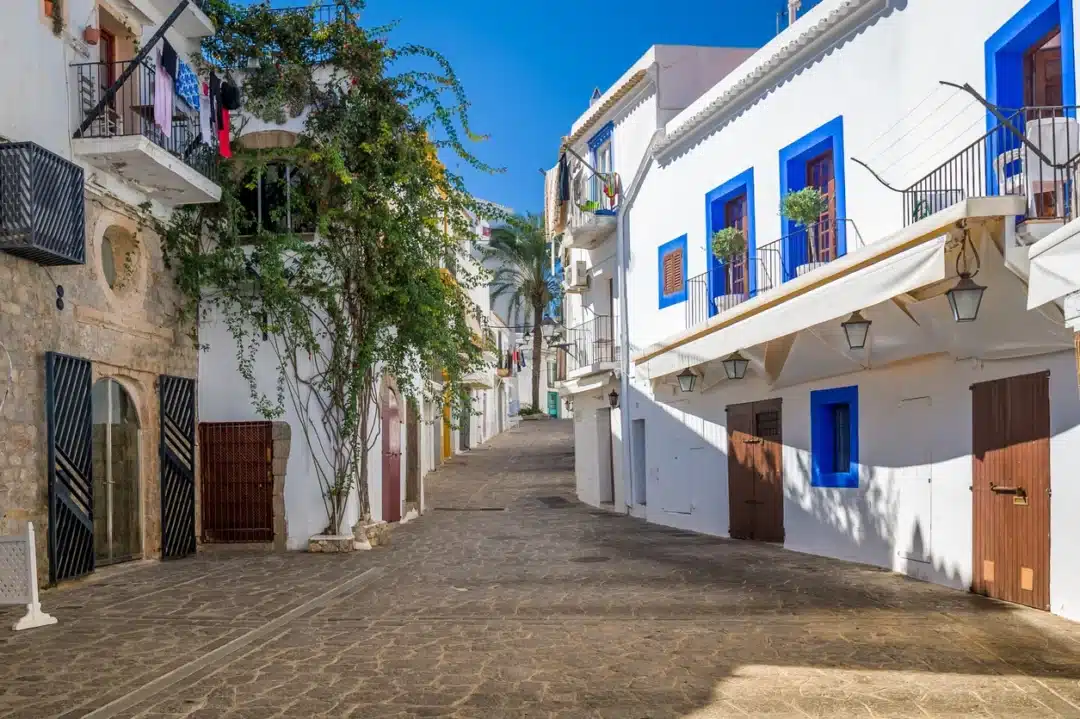
A quick route to experience the best of Dalt Vila
Enter through Portal de ses Taules and pause in Plaça de Vila for a coffee. Continue up to the Cathedral of Our Lady of the Snows for views and a short visit. Walk along the walls to Santa Llúcia Bastion and Es Polvorí, then loop to Es Revellí to appreciate the half-bastion layout. Dip into MACE for a focused dose of Ibizan contemporary art, then continue to Museu Puget for a quieter, more intimate collection. Finish at the Mirador by Plaça d’Espanya to watch the light change over the harbour before you descend for dinner in the marina.
This sequence fits comfortably into a morning or afternoon and gives you the essential Dalt Vila experience without rushing.
Dalt Vila is not just a beautiful old town; it is a living lesson in Mediterranean history, a compact cultural district and the best vantage point over Ibiza Town. Whether you are a first-time visitor or returning to the island, plan at least half a day here and let the citadel frame your stay. With world-class fortifications, atmospheric streets and small museums that reward curiosity, Dalt Vila will become one of your most enduring memories of Ibiza.
